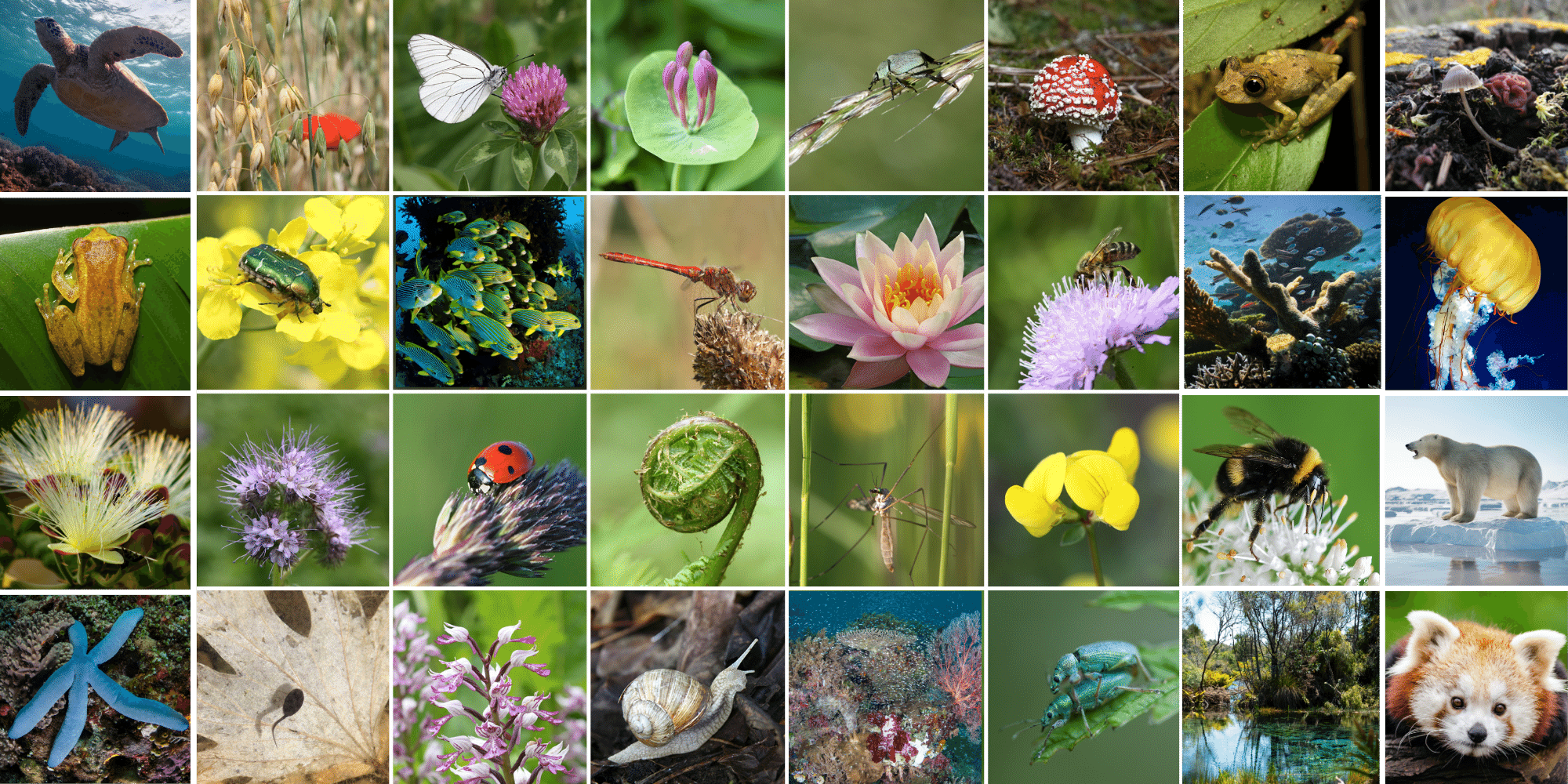Sustainability Leaders we speak with (and listen to) as part of our Sustainable Impact Roundtable Series have discussed in the last year that in addition to Sustainability and ESG commitments and roadmaps, SDGs, and Scope Emissions reductions, biodiversity loss is emerging as a major priority for organizations, institutions, and governance at all levels.
Despite discussions at COP27 and other forums, the roadmap going forward has been anticipatory, yet dependent on higher-level actors and decision-making.
We may have some indication of where we are going, at least in terms of nation-level prioritization, as the United Nations Biodiversity Summit known as COP15 came to a close in Montreal today. The sense of urgency among delegates was clear when nearly 200 countries reached a watershed agreement to stem the loss of nature worldwide.
The "30 by 30" Promise Should Drive National Plans and Initiatives
Dubbed as the “30 by 30” Promise, the banner commitment and 10-year deal calls on signatory nations to collectively conserve for wildlife at least 30 percent of land, inland waterways, and coastal and ocean areas by 2030. Countries now have the next 8 years to hit their established targets, and with few legal enforcement mechanisms in place, will have to trust each other to protect habitats to reach a collective, global goal.
There are some two dozen targets accompanied by overarching recommendations and guidance on how to reach incremental milestones – from cutting by half nutrient runoff from farms and reducing the risk of pesticides by 50 percent – to developing plans to protect ocean habitat.
Although nations participating recognize approaches may vary, with some countries doing more and others less, signatories agree based on science and modeling that we are teetering on a mass species extinction crisis from which we cannot return without immediate action. Nearly one million species are at risk of disappearing forever, and the impacts of biodiversity loss will be devastating.
Aligning Resources with Ambitions
One of the biggest overarching concerns that emerged as part of deliberations is how to fund what are likely to be ambitious and costly approaches, strategies, and initiatives to meet these targets. This includes how to ensure that countries in South America and Africa — home to rainforests and other ecosystems that harbor the richest diversity of life on Earth — will see money flow from donors and foreign governments to help them protect landscapes and police against illegal poachers and loggers and other forms of environmental crime.
Specific challenges, according to Steve Schmida include the following:
- Measurement. How do we develop metrics and standards that are material and meaningful yet are not prohibitively expensive or difficulty to measure?
- Financing. How do we scale up tools such as blended finance payments, ecosystem services, and results-based financing to maximize the crowding in of private sector capital?
- Equity. How do we ensure that the costs of this agreement are distributed equitably? For example, the transition costs to regenerative agriculture will be significant. How do we avoid having farmers, particularly small holder farmers, getting stuck with the costs?
- Flexibility. How do we ladder up to global goals while implementing solutions that balance needs for scaling sustainable development in some sectors and communities, while expending investment in those areas that are going to achieve the greatest immediate and long-term impact?
- Partnerships. How do we create the kinds of meaningful and effective partnerships that will engage local stakeholders, ensure distribution of resources aimed at testing and implementing innovative solutions, and build and leverage capacity to deliver greater impact toward regional and global goals?
These questions are critical to our own firm, as we look ahead at ways in which we can help organizatons design and implement the kinds of initiatives and activities that connect goals to on-the-ground impact solutions that will make a critical difference.
Follow our Insights Gleaned from our Sustainable Impact Roundtable Series
On a quarterly basis, sustainability leaders meet as part of our Sustainable Impact Roundtable series to share the diverse and similar challenges their organizations are facing in the climate, ESG, sustainability and biodiversity space. We appreciate learning about the innovative approaches they are implementing to meet commitments, operationalize initiatives and roadmaps, and ensure effective change management across their organizations. We think you will, too.
If you are a sustainability leader, partnership specialist, or are interested in Sustainable Impact work that touches on these and other challenges, we encourage you to subscribe to our Insights. We will continue to regularly publish those rich discussions and actionable approaches. And of course, we welcome your thoughts and insights as well.


